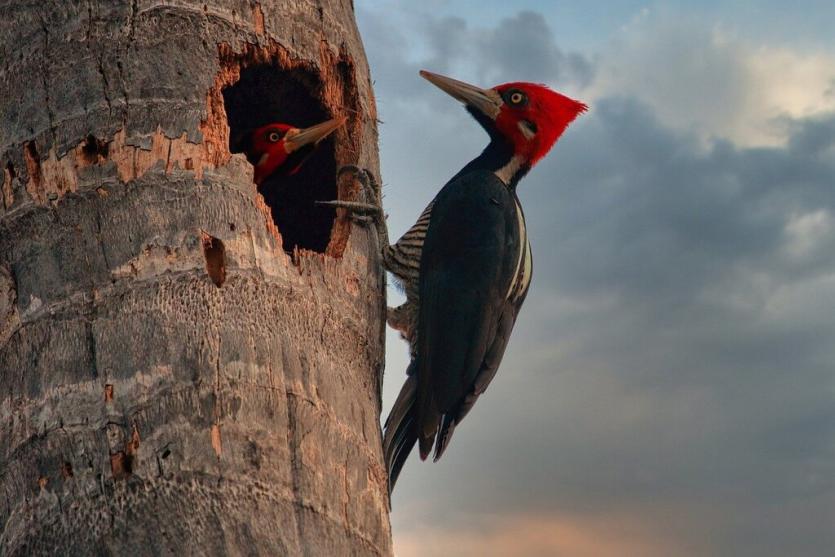Photo: TWD
By Patryk Krych | The World Daily | SEPTEMBER 30th 2021
The United States government is declaring the extinction of 23 species, including birds, fish and others among them – a rare move on the part of any wildlife officials, who have simply given up on the search for any remaining members of these species.
Among the 23 species being declared officially extinct is the ivory-billed woodpecker, and the flat pigtoe – a freshwater mussel once found in the South-Eastern US which had only been identified a small number of times in the wild prior to its declared disappearance. Their numbers were already declining by the time they had even been named.
According to government scientists, too much in the way of resources and efforts have been spent in trying to find these 23 species – resources and efforts that could be better used in the preservation and protection of species that are under threat of extinction and still have a solid chance of rebounding from their low numbers.
“When I see one of those really rare ones, it’s always in the back of my mind that I might be the last one to see this animal again,” said a US Fish and Wildlife Service biologist in Tennessee who specialises in freshwater mussels, Anthony Andy Ford.
The Ivory-billed woodpecker was perhaps the most well known of the species being declared extinct. There have been very sparse sightings reported of the bird throughout the past decade, all of which have sparked mass frenzies and searches across the Eastern United States.
“A bird this iconic, and this representative of the major old-growth forests of the southeast, keeping it on the list of endangered species keeps attention on it, keeps states thinking about managing habitat on the off chance it still exists,” said John Fitzpatrick, a bird biologist from Cornell University in New York who believes that the declaration of the ivory-billed woodpecker as extinct is too premature.
There have been no confirmed sightings of the woodpecker species since 1944, thus leading many to believe that there is no real evidence of its continued existence today – and thus that the resources put towards finding it would be better used elsewhere.
The reasons for most of the extinctions are varied and different, but the majority of them come down to human intervention. Issues such as logging, destruction of habitats, water pollution, hunting and the introduction of invasive species into the environments are the prime reasons for much of the species’ gradual declines.






